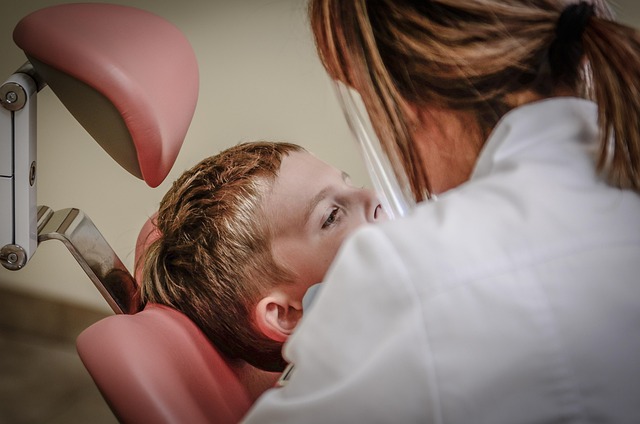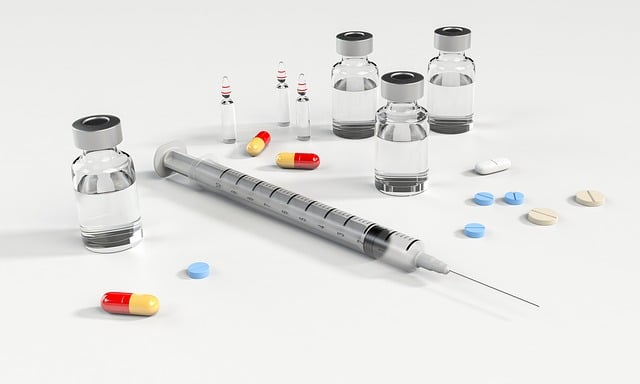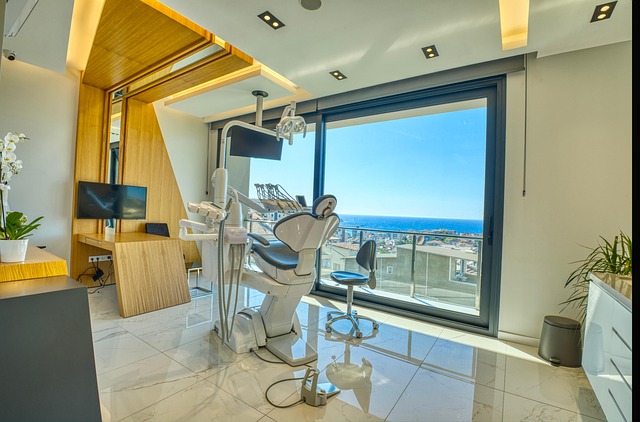Warts, caused by HPV, are common skin growths treatable at professional clinics offering various methods like cryotherapy and salicylic acid. Home remedies like duct tape and ACV are popular but lack scientific evidence. Advanced treatments in cities like Coventry, Doncaster, Sheffield, Liverpool, and Preston provide effective, individualized solutions for comfortable, wart-free skin.
Common warts can be unsightly and uncomfortable, but effective home remedies offer relief without the need for extensive procedures. This comprehensive guide explores various natural treatments for wart removal, focusing on popular home remedies and their efficacy. From apple cider vinegar to garlic and salicylic acid, we uncover potential game-changers in your battle against warts. Additionally, discover professional wart removal treatment options for persistent cases, ensuring you’re equipped with all the knowledge needed to manage these skin growths effectively.
- Understanding Common Warts: Causes and Types
- Exploring Natural Treatments for Wart Removal
- Popular Home Remedies: Their Efficacy and Safety
- Apple Cider Vinegar: A Potent Wart Remedy?
- Garlic and Salicylic Acid: An Effective Duo?
- Professional Wart Removal Treatment Options
Understanding Common Warts: Causes and Types

Warts are common skin growths caused by the human papillomavirus (HPV). They can appear anywhere on the body but most frequently show up on the hands, feet, and face. There are many types of warts, each with distinct characteristics and causes. Common warts, for instance, tend to be rough, small bumps that can be found alone or in clusters. They often develop on areas exposed to the elements, such as the back of the hands or outside of the feet. Plantar warts, on the other hand, grow on the soles of the feet and are usually harder to detect due to their location.
While they may be harmless, warts can cause discomfort and self-consciousness for many people. Some individuals seek professional wart removal treatment for cosmetic reasons or if warts persist despite over-the-counter remedies. Private wart removal gloucester, wart removal birmingham, and canterbury wart clinic are terms often searched by those looking for specialized care. These clinics offer various treatments, from topical medications to cryotherapy, aiming to remove warts effectively and efficiently.
Exploring Natural Treatments for Wart Removal

Many people opt for natural treatments when it comes to addressing common warts, as an alternative to professional wart removal treatment. This approach often involves exploring home remedies and over-the-counter options that can be just as effective as medical procedures. One popular method is using salicylic acid, a beta-hydroxy acid commonly found in many over-the-counter wart removers. It works by dissolving the dead skin cells that make up warts, helping to gradually remove them over time with consistent application.
Another natural treatment gaining traction is the use of duct tape. This simple and relatively painless method involves covering the wart with duct tape for several days, then gently filing away the dead skin. Some even suggest combining this with application of an acid or a drying agent to enhance results. For those considering private wart removal in areas like Gloucester, Essex, or Southend-on-Sea, or seeking a guildford wart clinic, exploring these natural options can be a viable and potentially more accessible first step before turning to more intensive procedures.
Popular Home Remedies: Their Efficacy and Safety

Many people opt for home remedies as a first line of defence when it comes to treating common warts, and there are several popular options widely discussed in online forums and health communities. However, it’s important to approach these methods with caution and consider their efficacy and safety. Home treatments range from using duct tape to covering the wart with vinegar or even trying natural remedies like banana peels and garlic. While some people claim success with these, scientific evidence supporting their effectiveness is often limited.
In contrast, professional wart removal treatments offer a more guaranteed approach to eradicating skin growths, especially in areas like the hands or feet where warts can be unsightly and uncomfortable. Medical professionals, such as those at a Coventry wart clinic, provide various options, including cryotherapy (freezing), salicylic acid applications, or even surgical excision, depending on the severity and type of wart. These treatments are backed by medical research and ensure proper safety protocols, whereas home remedies may vary widely in quality and application methods.
Apple Cider Vinegar: A Potent Wart Remedy?

Apple Cider Vinegar (ACV) has gained popularity as a potential home remedy for common warts. This natural liquid is known for its antimicrobial and antiviral properties, suggesting it could be an effective treatment option. Many people swear by ACV’s ability to soften and dissolve warts over time, making it a cost-effective alternative to professional wart removal treatments like those offered in Doncaster or Sheffield.
While there’s limited scientific evidence to support its efficacy, numerous anecdotes from users claim success with this private wart removal method. The process typically involves applying diluted ACV directly to the wart and covering it overnight. This is repeated for several weeks until the wart disappears. For those seeking a simple, at-home solution, understanding the potential of ACV as a natural remedy could be the first step towards achieving smooth, wart-free skin without turning to more intensive professional treatments.
Garlic and Salicylic Acid: An Effective Duo?

Garlic and salicylic acid have been touted as a powerful duo in the battle against warts. While garlic possesses anti-viral properties, known to inhibit the growth of various viruses, including those responsible for warts, salicylic acid is a common ingredient in many professional wart removal treatments. This combination therapy leverages the immune-boosting effects of garlic and the exfoliating properties of salicylic acid to target warts effectively.
Research suggests that applying garlic extract topically, combined with salicylic acid, can lead to significant improvements in wart removal compared to using either ingredient alone. The epsom salt (a common source of salicylic acid) and sheffield wart clinic treatments often incorporate this combination, demonstrating its potential as a viable alternative or adjunct to traditional professional treatments for various wart types.
Professional Wart Removal Treatment Options

When it comes to professional wart removal treatment, there are several advanced options available that surpass home remedies in effectiveness and speed. Many clinics, such as those found in Liverpool, Blackpool, and Lancashire Preston, offer specialized services tailored to different types of warts. These include cryotherapy, where liquid nitrogen is used to freeze and destroy the wart, and surgical excision, which involves physically removing the wart with a scalpel. Laser treatments are also becoming popular for their precision and ability to target only the affected skin without damaging surrounding areas.
Each method has its advantages and may be recommended based on the size, type, and location of the wart. For instance, cryotherapy is swift but may require multiple sessions, while surgical excision offers a permanent solution with minimal scarring. Choosing the right professional wart removal treatment should involve consulting with a healthcare provider who can assess your specific case and provide the most suitable option.
While numerous home remedies show promise, it’s important to note that not all treatments are created equal. In terms of efficacy and safety, some methods may outperform others. For persistent or extensive warts, considering professional wart removal treatments can be a game-changer. These expert interventions offer advanced solutions for fast and effective relief. Ultimately, choosing the right approach depends on individual needs, with options ranging from at-home care to medical procedures.
